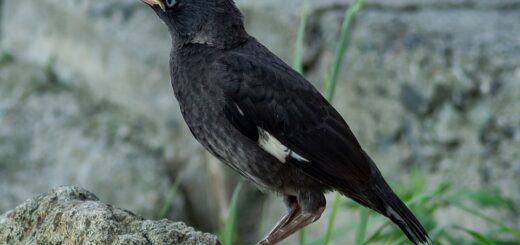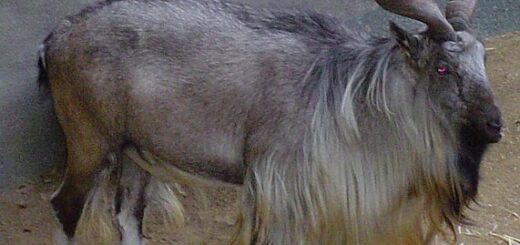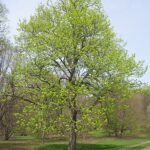Speckled Alder Tree – The Unsung Hero of Wetlands
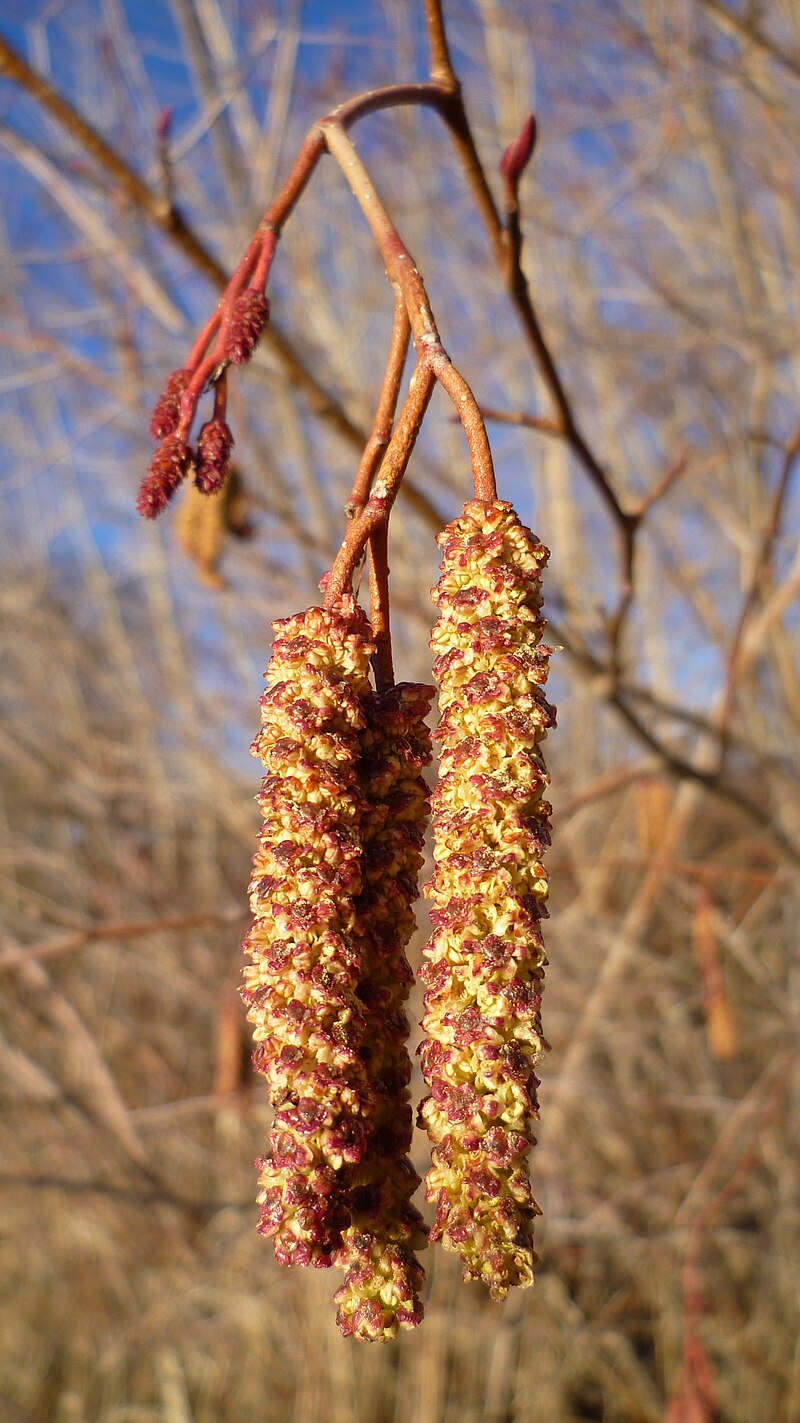
When you think of iconic trees, your mind might jump to the towering oak, the whispering pine, or maybe the graceful willow. But tucked away along riverbanks, marshy lowlands, and quiet forest edges is a tree that doesn’t often get the spotlight—but absolutely deserves it. Meet the Speckled Alder (Alnus incana subsp. rugosa), a hardy, fast-growing native tree that quietly plays a big role in ecosystem health.
What’s in a Name?
The name “speckled alder” comes from the pale lenticels—those small, horizontal marks on its bark that look like little freckles. These specks aren’t just for show; they help the tree “breathe” by allowing gas exchange through the bark. The tree is also known as tag alder or grey alder, depending on who you’re talking to and where.
Where You’ll Find It
Speckled alders thrive in wet, poorly-drained soils, often where other trees struggle. Think bogs, streambanks and swampy thickets. From the northern United States through much of Canada, they form dense stands that stabilize soil, reduce erosion, and create essential habitat for wildlife.
If you’ve ever pushed through a thicket of small trees with smooth gray bark and dangling catkins brushing your jacket, chances are good you met a Speckled Alder.
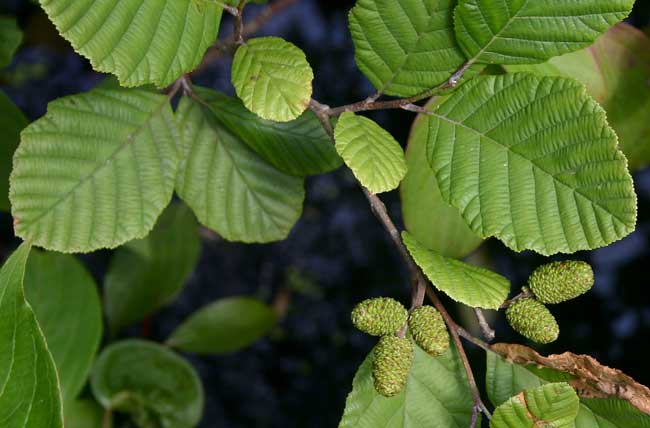
Leaves of speckled alder – Creative Commons | Author: Quadell – Source: https://commons.wikimedia.org/wiki/File:Alnus_incana_rugosa_leaves.jpg
Ecological MVP
What makes this tree so special? For starters, it’s a nitrogen fixer. Thanks to a symbiotic relationship with Frankia bacteria in its root nodules, speckled alder pulls nitrogen from the atmosphere and “fixes” it into the soil—essentially enriching its surroundings. This makes it a pioneer species in disturbed or degraded sites, setting the stage for other plants to follow.
And the wildlife? They love it. Moose and beavers browse the twigs and bark, songbirds build nests in its dense branches, and ducks feed on the tiny cone-like fruits that release seeds in late fall and winter. Pollinators also benefit from its early-spring catkins that offer up pollen when not much else is blooming.
Speckled Alder Tree: A Tree for the Future
With increasing interest in rewilding and restoring wetland ecosystems, Speckled Alder is gaining new fans. It’s easy to propagate, grows quickly, and doesn’t mind getting its roots wet—literally. Whether you’re a landowner looking to shore up a streambank or an ecologist rebuilding a riparian buffer, this scrappy native deserves a place in the plan.
A Little Wild Magic
There’s something quietly magical about walking through a stand of speckled alders, soft ground underfoot, the smell of damp earth and leaves, the hum of insects, and birdsong filtering through. It’s the kind of place where nature feels both alive and at peace.
So next time you’re out near a wetland or creek, take a moment to notice the speckled alder. It might not have the grandeur of an ancient oak, but in its own humble way, it’s doing the heavy lifting to keep our ecosystems thriving.
References:
https://en.wikipedia.org/wiki/Alnus_incana

